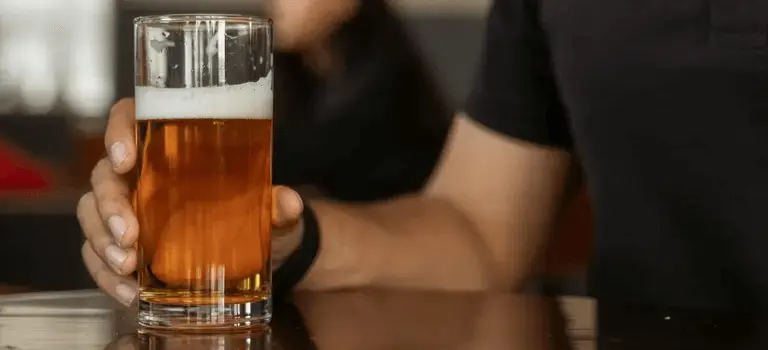What is a Standard Alcoholic Drink?

Did you know that a standard alcoholic drink is a unit of measurement? You should. Knowing what qualifies as a "standard" drink can help you monitor your alcohol intake, stay within safe driving limits, and avoid accidental overconsumption. However, not all drinks are the same—what you think is a single drink may have more alcohol than you realize. In this blog, we’ll break down the difference between the drinks you pour and what counts as a “standard alcoholic drink,” and why that distinction is important.
Defining a Standard Alcoholic Drink
A standard drink of alcohol is a unit of measurement used to quantify alcohol intake. It represents the amount of alcohol in a typical serving, no matter what type of drink it is—beer, wine, or spirits. In the United States, a standard drink size contains about 14 grams of pure alcohol, which translates to the following:
- Beer (5% alcohol): 12 ounces, roughly the size of a regular can of beer.
- Wine (12% alcohol): 5 ounces, typically a small wine glass.
- Liquor/Spirits (40% alcohol or 80 proof): 1.5 ounces, about a shot.
While these amounts represent one standard alcoholic drink, it's important to remember that many cocktails and drinks at restaurants or bars contain more than one standard serving, increasing the amount of alcohol you consume.
Why Understanding Standard Drinks Matters
Understanding the standard alcoholic drink concept is essential for monitoring your alcohol consumption. If you're drinking without keeping track of how much alcohol is in your glass, it’s easy to go over safe limits without realizing it.
Exceeding these limits can lead to impaired judgment and slower reaction times—two key factors that contribute to DUIs. Additionally, consuming multiple standard alcoholic drinks in a short period can result in high blood alcohol concentration (BAC) and breath alcohol concentration (BrAC), even if you feel fine. For example:
- A pint of craft beer at 8% alcohol may be closer to two standard alcoholic drinks, not one.
- A mixed drink with multiple shots could contain the equivalent of three or more standard alcoholic drinks.
Knowing how much you're drinking allows you to make smarter decisions, whether that’s opting for a ride home instead of driving, pacing your drinks, or stopping before you hit unsafe levels of impairment.
Factors That Affect BAC/BrAC
Aside from how many standard alcoholic drinks you consume, several factors can impact your blood alcohol concentration, including:
- Body weight: Smaller individuals will generally have a higher BAC than larger individuals after consuming the same amount of alcohol.
- Gender: Women tend to have higher BAC levels than men after consuming the same amount of alcohol.
- Food: Drinking on an empty stomach can lead to faster absorption of alcohol, raising your BAC more quickly.
Understanding these variables helps you stay in control and make responsible choices about your drinking and driving.
How to Measure a Standard Alcoholic Drink at Home
Whether you’re at a party or having a drink with dinner, keeping tabs on your alcohol intake starts with knowing how to measure your drinks accurately:
- Beer: Check the alcohol percentage (ABV) on the label and pour a standard 12-ounce serving if it’s 5% ABV. For stronger beers, adjust the serving size.
- Wine: Use a measuring cup to pour a 5-ounce glass of wine. Be aware that many wine glasses can hold far more than a single serving.
- Spirits: A shot glass typically holds 1.5 ounces of liquor, which is the standard serving size for hard liquor.
Staying Safe and Informed
Knowing standard alcoholic drink sizes and the effects of alcohol can help you make safe decisions. It’s important to understand how much you’re drinking and when it’s time to make a responsible decision.
Stay Safe with Intoxalock
If you’ve recently been charged with a DUI, knowing your alcohol limits is crucial—but so is making sure you’re on the road legally. Intoxalock is here to help with the most installed ignition interlock device (IID) in the U.S. With over 5,000 convenient locations and a one-button, easy-to-use device, we make the process of getting back on the road as smooth as possible. Call us today at 888-283-5899 to learn how Intoxalock’s 35+ years of experience can assist you in meeting your requirements and driving again safely.




